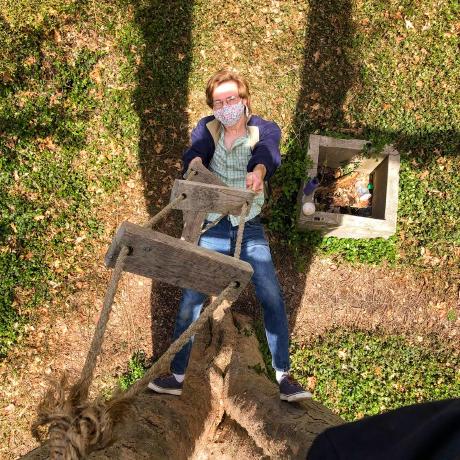For all of Rust's great improvements on the status quo of systems languages, one feature has been sorely missing. No, it's not higher-kinded-types, or integer generics, or having a name that includes the letter 'C'. It's analog literals. Ever since Eelis debuted "Analog Literals" in 2005 as a C++ utility, the ability to draw geometry out using ASCII art has set a new bar for what constitutes a minimal-viable-language.
Analog literals follow a simple syntactic pattern. The pointy corners of things are marked by '+' characters, one unit in the x-axis is represented by '--', and one unit in the Y and Z axes are represented by '|' and '/', respectively. The reason two characters are used to represent just one unit in the x-axis is to compensate for the rectangular shape that characters are rendered with. Analog expressions return a tuple reflecting the dimensions of the drawing. But enough talk--let's see some examples:
A line of length two along the X axis:
assert_eq!(2, analit!(
+----+
));A line of length two along the Y axis:
assert_eq!(2, analit!(
+
|
|
+
));A line of length two along the Z axis:
assert_eq!(2,analit!(
+
/
/
+
));Two dimensional literals have proven themselves especially valuable to GUI programmers.
A (2,1) rectangle defined across X and Y:
assert_eq!((2,1),analit!(
+----+
| |
+----+
));...across X and Z:
assert_eq!((2,1),analit!(
+----+
/ /
+----+
));...across Y and Z:
assert_eq!((2,1),analit!(
+
/|
/ +
+ /
|/
+
));It's time to dig those red-and-blue glasses out from between the couch cushions; we're going into the next dimension!
assert_eq!((1,1,3),analit!(
+--+
/ /|
/ / +
/ / /
+--+ /
| |/
+--+
));It's like it's coming right out of the screen!
Simply add the following to your Cargo.toml
[dependencies.analit]
git = "https://github.com/jswrenn/analit"Or, from the registry:
[dependencies]
analit = "*"*Please don't.
